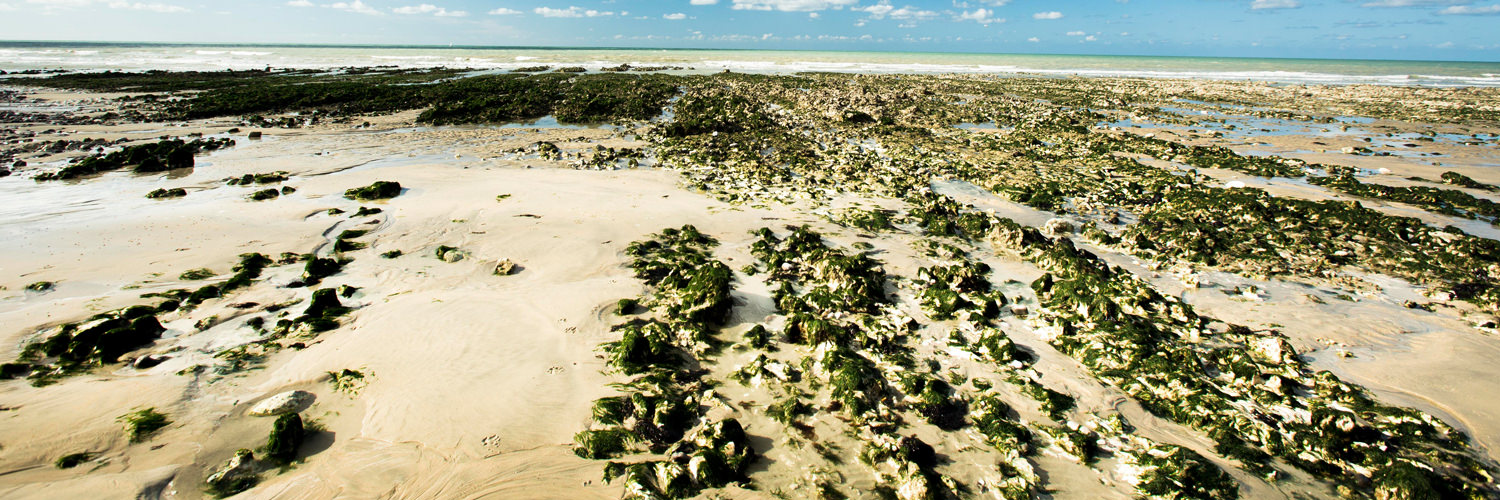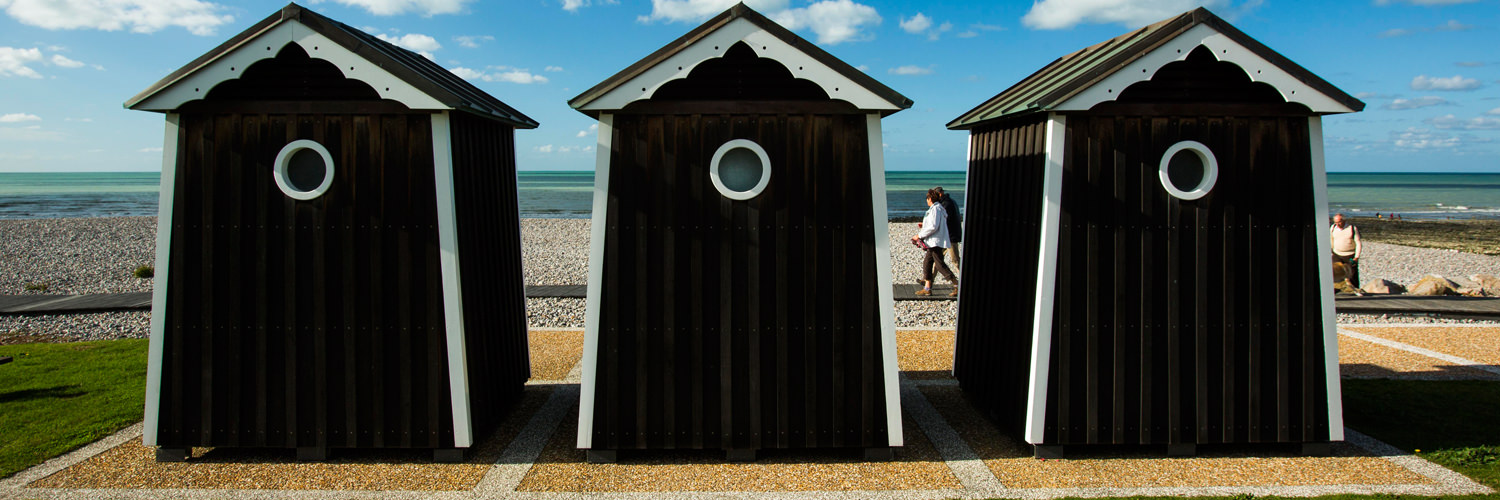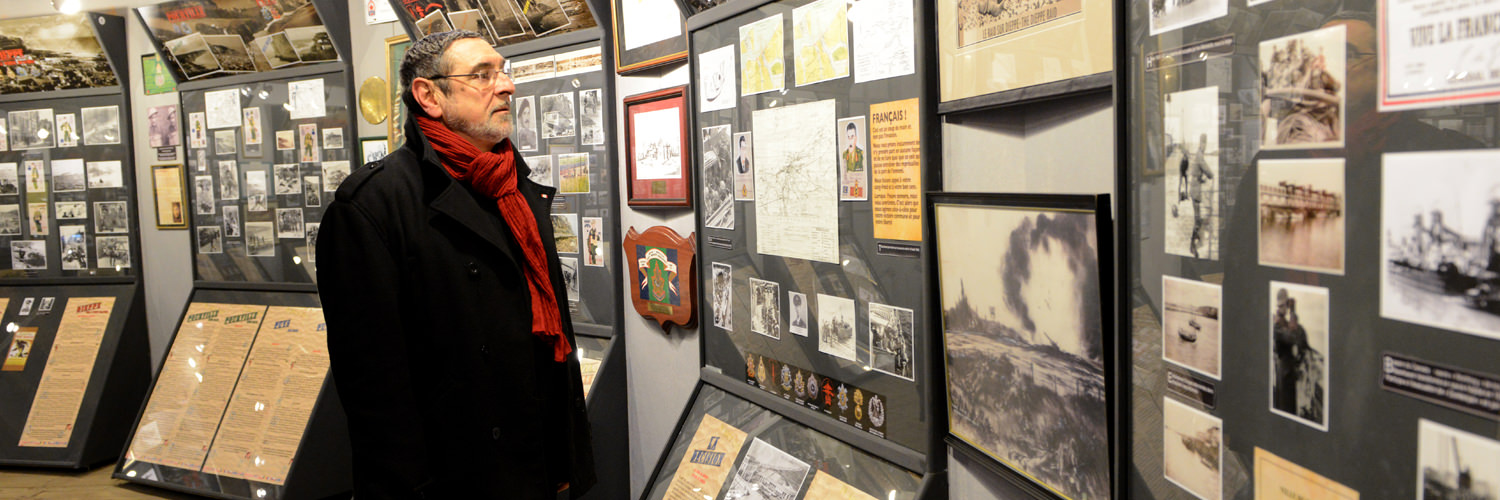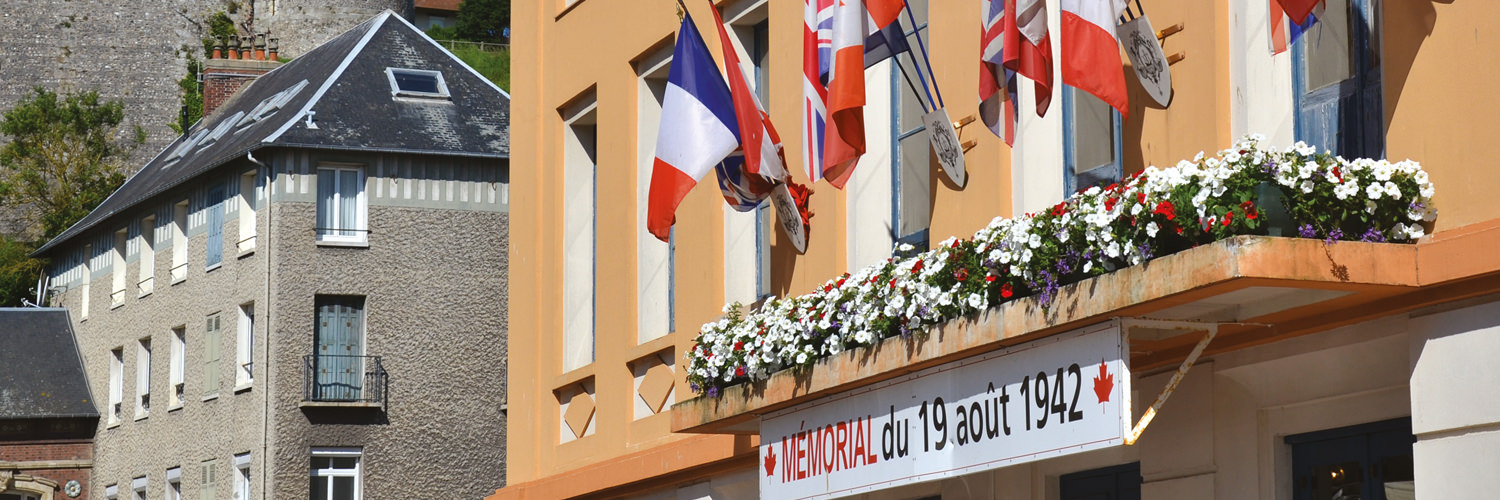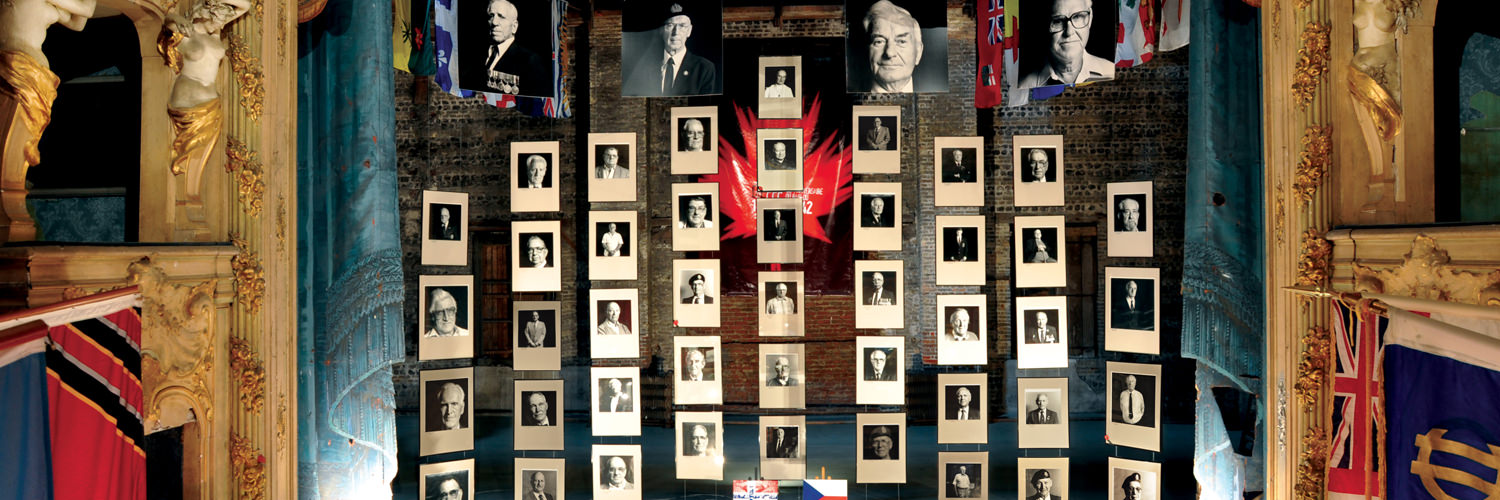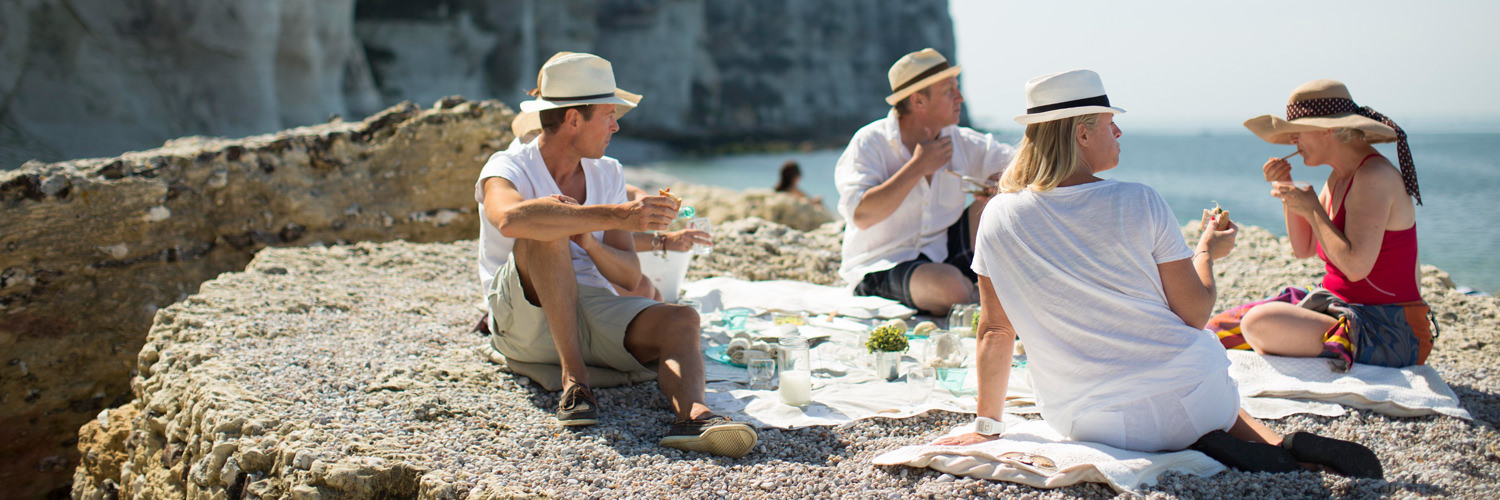From Le Havre to Le Tréport, 130 km (80 miles) of coastline entice visitors to explore more than 26 beaches and numerous "valleuses" (dry-hanging valleys), each one more stunning than the last.
From intimate beaches to large seaside resorts, sometimes nestled in valleys, the Alabaster Coast is full of places still away from large tourist crowds.
The history of the beaches of Seine-Maritime goes back a very long time.
As early as 1824, the Duchesse of Berry began the fashion of sea bathing in Dieppe, which naturally became the first seaside resort in France. Le Havre and Sainte-Adresse also developed very quickly, so did Etretat, Fécamp, Le Tréport and Veules-les-Roses. Thanks to illustrious figures such as Alphonse Karr, Anaïs Aubert, Offenbach… the whole Parisian aristocracy came to the Alabaster Coast. The development of the railway in 1847 and1848 linking Paris to Dieppe and Le Havre would increase the number of train journeys from the capital to the beaches along the coast. There were already many English people who travelled to Dieppe thanks to the ferry crossing in Newhaven. By the way, it is in Dieppe that Churchill met his wife.
Big luxury hotels, casinos, Belle Epoque villas, tennis courts, racecourses and golf courses were built along the Alabaster Coast to meet the requirements of those new tourists.
Unfortunately, wars have caused damage. And the Second World War was fatal to the heritage of the seaside resorts along the Alabaster Coast. All the port cities were bombed, hotels, casinos and seafronts were destroyed.
The post-war reconstructions were very different in style. Nowadays, on some beaches, you can easily see the former seaside architecture that made the reputation of Seine-Maritime. In Sainte-Adresse, Vaucottes, Les Petites-Dalles or Mesnil-Val, numerous Belle Epoque villas still face the sea and are the pride of their inhabitants.


